A NEW GENERATION OF ENVIRONMENTALISTS: Fighting global warming by reconnecting people to nature
Young people care about the future, and many are leaders in the fight against global warming. Organizations such as Power Shift Network have galvanized thousands of students in an impressive effort to build what it calls “the youth clean energy and climate movement.” The success of future environmentalism also depends on connecting more people personally to the natural world. Especially children.
This is why C&NN’s youthful and diverse Natural Leaders are encouraging people of all ages to work for energy efficiency, to protect wilderness and urban nature, to connect other young people and their families to nature to promote health, well-being, and the ability to learn and be creative; and to bring more nature into neighborhoods, schools and workplaces.
A few months ago, I shared a stage with David Suzuki at a public event in Toronto, and the topic of climate change came up. Known around the world, Suzuki is a Canadian icon who is the longtime host of the television series “The Nature of Things,” and a fierce warrior for environmental causes. The focus of our discussion was the future relationship between humans and the natural world.
Suzuki talked about his deep disappointment that the conservation battles thought to have been won two decades ago are now back up for grabs, even as the polar ice caps melt faster than predicted. Then he said something remarkable. Twenty years ago, people came to him and said he should be doing much more to connect children to nature. No, we don’t have time for that, he told them. And that, he said on the stage, was one of the biggest mistakes of his life.
Today he is deeply committed to the work that folks around the world are doing to connect future generations to the natural world. He’s not alone in this thinking.
Consider a piece that ran last week (Nov. 19, 2012) in The Guardian, a British national daily, which was then reprinted in other major newspapers, including three in Australia. Columnist George Monbiot decried the “remarkable collapse of children’s engagement with nature — which is even faster than the collapse of the natural world,” and argued that one collapse hastens the other.
One can question the premise that young people are required to be the primary leaders against global warming. What about the rest of us? It’s our job, too. Nonetheless, many young people are working hard to undo the damage of earlier generations, not only to the environment but to the climate within the human heart. They, and many older people, too, are working to reduce the barriers of fear, poor urban design, a blind faith in technology, lack of access to nearby nature, defunding of environmental education programs, the canceling of field trips, the inequality of park distribution and an over-structuring of everyday life.
The nature deficit in people’s formative years hasn’t made the fight for nature any easier. Researchers report the people who identify themselves as conservationists almost always experienced joy and wonder in the natural world when they were children, which raises this question: What happens if the chance for that personal experience radically fades in the future?
To paraphrase the singer Joni Mitchell, we won’t know what we’ve got until it’s gone — especially if we never knew it existed in the first place.
Paul Dayton is professor of oceanography in the Scripps Marine Life Research Group at Scripps Institution of Oceanography, and is famous for his seminal studies of the sustainability of the living benthic (sea bottom) communities in the Antarctic, now threatened by human actions. I interviewed him at length while researching “Last Child in the Woods.”
He expressed fury over his students’ nature deficit, and said that higher education is aiding and abetting that disconnection. Observational science is devalued. Research universities have dramatically reduced the teaching of natural history, instead favoring the study of lab-created organisms that can be patented for profit.
“In a few years there will be nobody left to identify several major groups of marine organisms. I wish I were exaggerating,” Dayton said. “A guy in Catalina sent me photos of a snail he found. The snail is moving north. It’s not supposed to be where the guy found it. Something is going on with this snail or with its environment.” Global warming? Maybe. “But if you don’t know it’s an invasive species, then you detect no change.” In “The Nature Principle,” I called this phenomenon “place blindness,” which might also be called species blindness. To protect anything, you first have to love it. To love anything, you first must get to know it.
Dayton hopes that greater public knowledge about the generational nature gap will encourage politicians to “start demanding that universities teach the fundamentals of biology and explicitly define these fundamentals to include real natural history.”
Monbiot expressed a similar view. “The fact that at least half the published articles on ash dieback (a disease threatening ash trees in Britain) have been illustrated with photos of beeches, sycamores or oaks seems to me to be highly suggestive,” he wrote. Meanwhile, the Oxford Junior Dictionary, aimed at 7-year-olds, has dropped words such as: “magpie,” “vine,” and “beaver” from its lexicon. Among the newly added words: “mp3 player,” “voicemail,” “blog,” and “chatroom.” Young people didn’t do this to other young people; an older generation did.
An inability to recognize the natural world around us is just one reason why our major environmental challenges and our daily experiences in nature are inalterably related, and why an increasing number of scientists and organizations are taking action. As of 2008, more people in the world live in cities than in the countryside — inviting either more human alienation from nature or an opportunity to create new kinds of nature-rich cities, ones that become incubators of biodiversity and human health. That’s a huge, hopeful challenge for future urban planners, architects and policy makers — and other careers, for which we do not yet have names, that connect people to the natural world.
Our resilience as a species will depend on our ability to move faster on both fronts: global warming and the human disconnection from nature. It will also rely on our ability to think larger, to imagine something beyond sustainability — a nature rich world.
This is why David Suzuki in Canada, and David Attenborough in the UK, who is perhaps best known for his BBC “Life on Earth” series, are now devoting much of their time to healing the broken bond between humans of all ages and the natural world. This is why Britain’s National Trust has launched a major campaign to connect people to nature, thus joining emerging regional and national efforts around the world that have been initiated by parents, pediatricians, educators, students and others.
This is part of the reason why, in some national public opinion polls, including a recent one by the Nature Conservancy, the disconnection between children and nature ranks alongside and sometimes higher than climate change as a top environmental issue.
The issue of nature-deficit disorder can bring people together across political, religious and generational lines. We can disagree about the causes of climate change, but agree that pollution and our destruction of natural habitat is radically reducing biodiversity and harming our health. We can agree that our children’s nature deficit, and our own, can drain life and spirit from the human experience. It’s already happening. We can build on that.
And this is also why, in September, the World Congress of the International Union for the Conservation of Nature (IUCN) cited “adverse consequences for both healthy child development (‘nature deficit disorder’) as well as responsible stewardship for nature and the environment in the future,” and then passed a resolution titled “The Child’s Right to Connect with Nature and to a Healthy Environment.” This is, indeed, a human right.
A few years ago, Paul Dayton lamented the fading of our birthright, not only our knowledge of but also our joy in the natural world. He said, “Nobody even knows that this wisdom about our world has been driven from our students.”
Now they know. And people of all ages, whether they received that wisdom when they were young or are building it now, are taking action. For this issue, as well as that of global warming, the climate has changed.
-
Network News
POLICY UPDATE: Policy and advocacy for the children and nature movement
-
Voices
Binoculars, bald eagles and my journey as a Black birder
-
Richard Louv
THE WONDER BOWL: Ten Spring and Summer Nature Activities for Kids and Adults
-
Network News
Minneapolis Spotlight: The promise and possibilities of parks for youth
-
Voices
Why nature is my motherhood ally


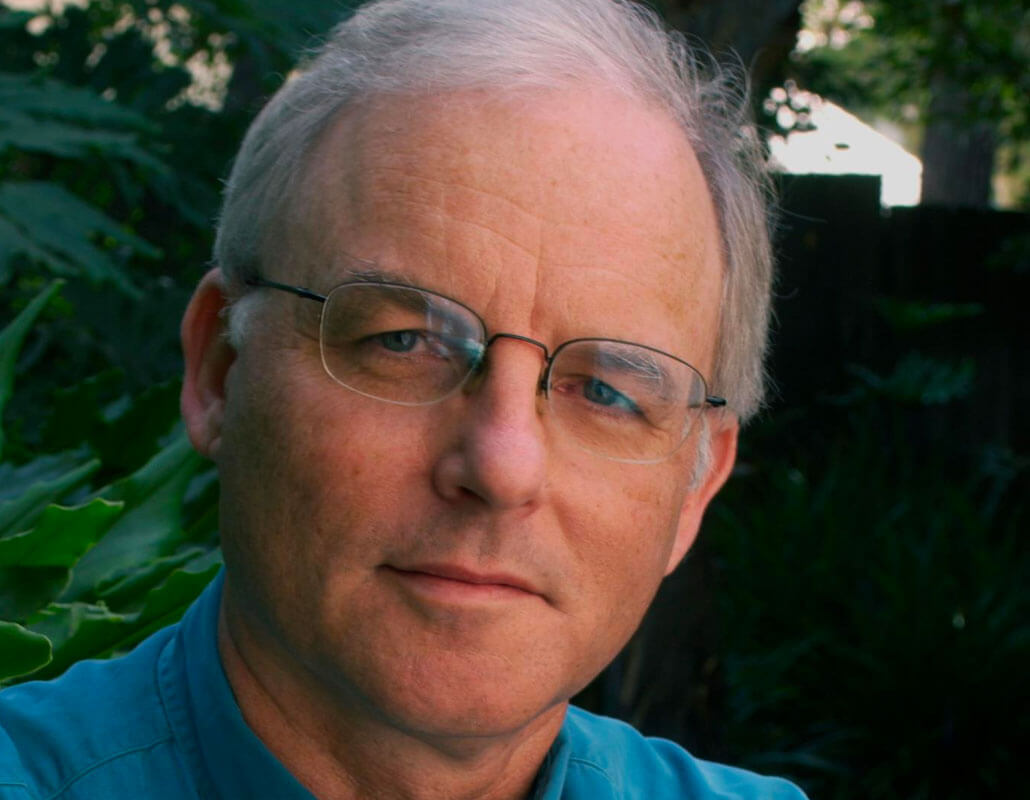
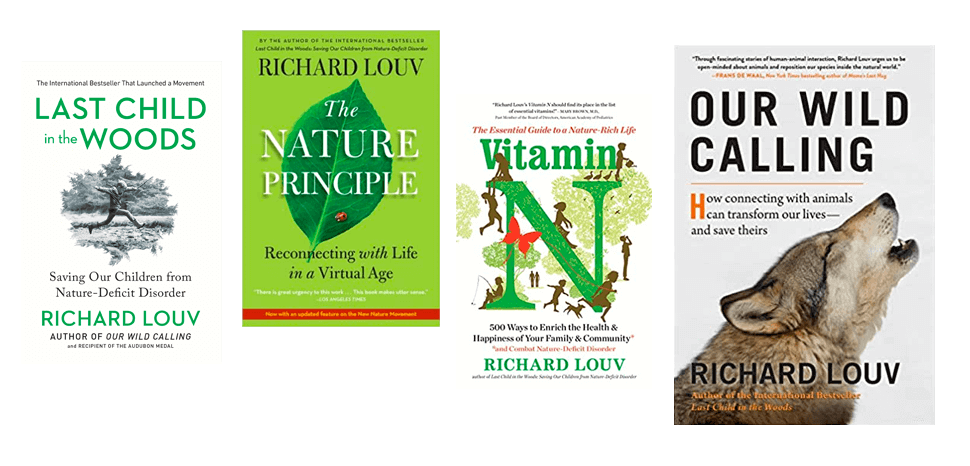
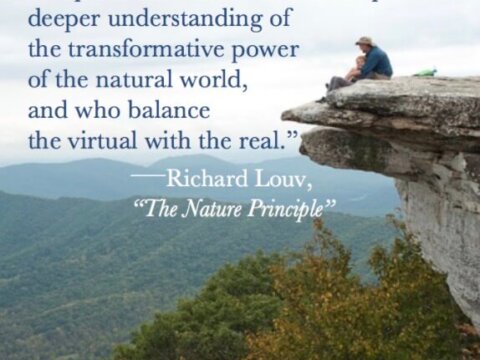
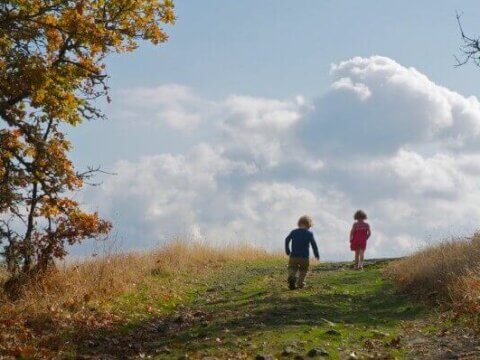
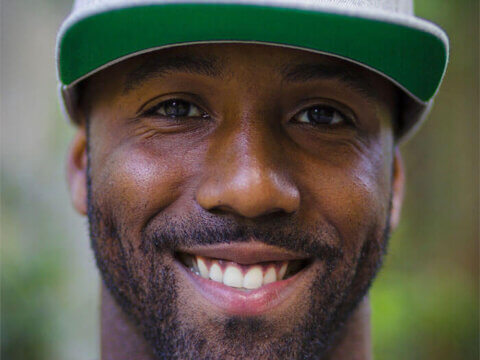
Commentaries on the C&NN website are offered to share diverse points-of-view from the global children and nature movement and to encourage new thinking and debate. The views and opinions expressed are those of the author(s) and do not necessarily reflect the position of C&NN. C&NN does not officially endorse every statement, report or product mentioned.